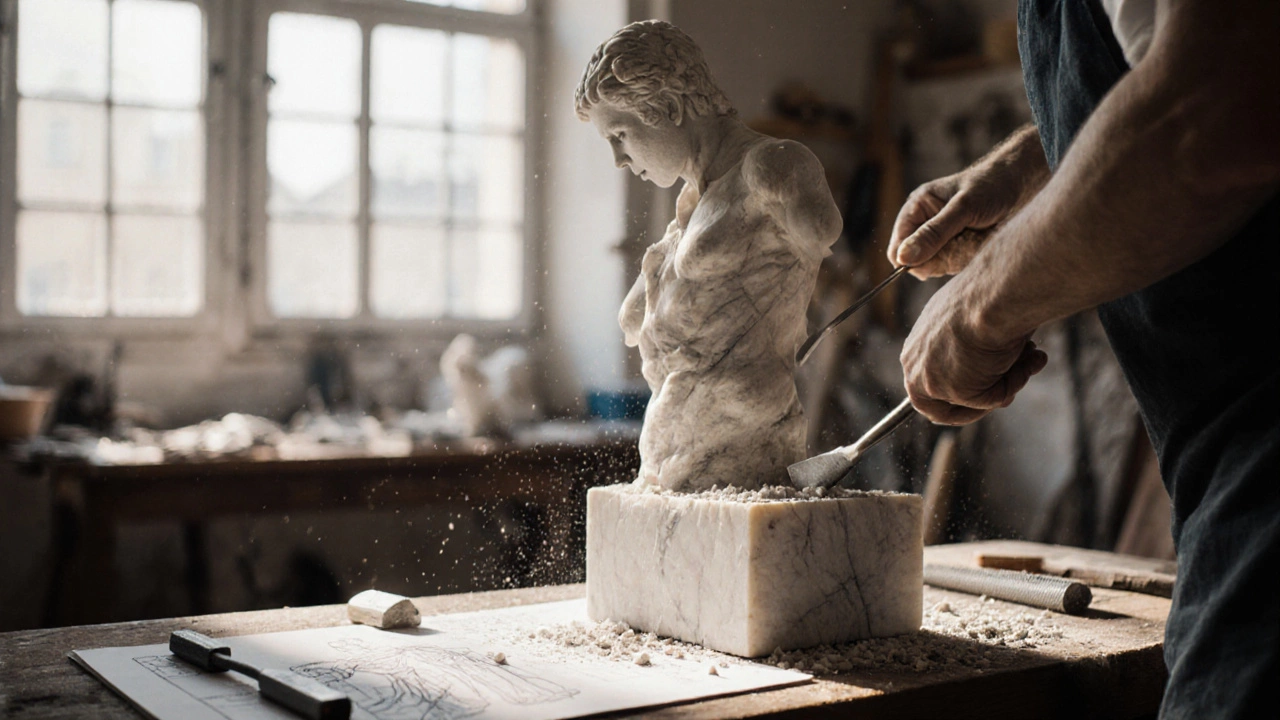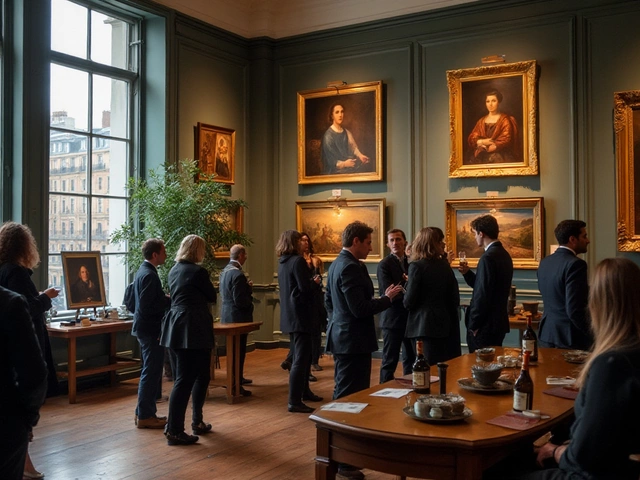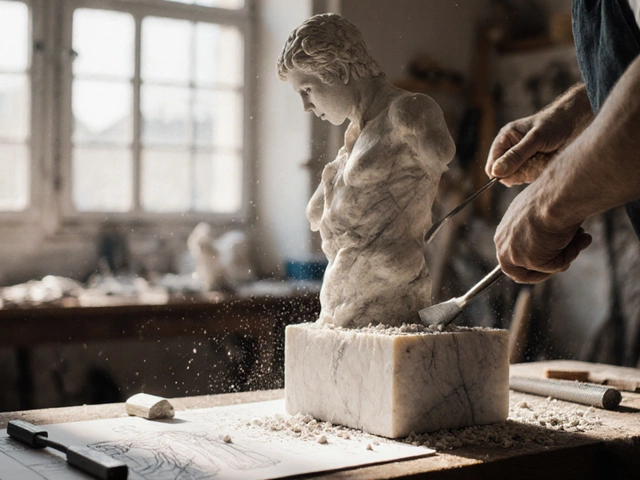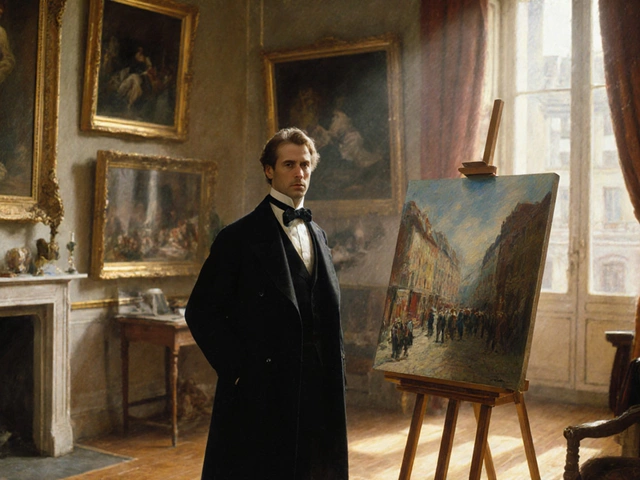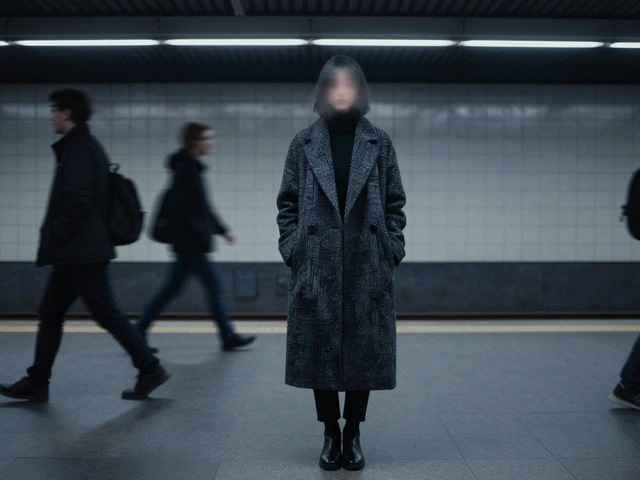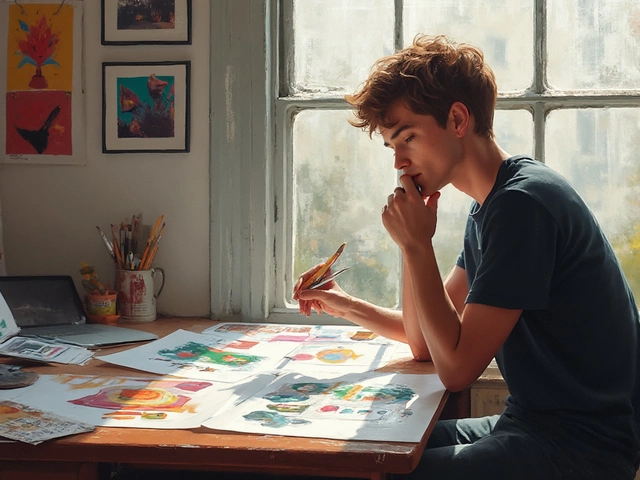Hyperrealism Art: Techniques, History, and Mastery
When talking about hyperrealism, a style that pushes realism to the point where paintings look like high‑resolution photographs. Also known as photorealistic painting, it realism, the broader movement that seeks to depict subjects truthfully oil painting, a medium prized for its rich colors and slow drying time portrait painting, the practice of rendering a person’s likeness with depth and character all intersect here. In simple terms, hyperrealism encompasses photorealistic detail, requires meticulous observation, and uses oil painting techniques to achieve a three‑dimensional feel on a flat surface. Because portrait painting often aims for lifelike results, many artists adopt hyperrealism to make eyes, skin texture, and light look genuinely real. Below you’ll find a rundown of what makes this style tick and why it matters for anyone chasing true‑to‑life art.
History and Core Techniques
Hyperrealism grew out of the 1960s and 70s realism wave, borrowing the precision of photorealism but adding emotional depth and narrative layers. While photorealism focused on replicating a single photograph, hyperrealism pushes the illusion further—artists may combine multiple reference shots, exaggerate textures, and play with lighting to create scenes that feel even more vivid than the source material. The core technique hinges on building up layers of thin oil glazes; each glaze refines color, value, and surface texture. This “slow over fast” approach, familiar to oil painters, lets the artist control drying times and avoid muddy mixtures. Mastering brush control is crucial: fine-point brushes deliver razor‑sharp edges on hair strands, while larger filberts smooth gradients in skin tones. Many hyperrealists also employ the grisaille technique—painting a monochrome underpainting to map values before adding color—giving the final piece a solid tonal foundation. Understanding the science of light, how it reflects off wet skin or metal, lets the artist recreate highlights that pop and shadows that recede, resulting in that unmistakable photographic illusion.
If you’re ready to dive in, start with subjects you know well, like a favorite portrait or a simple still life. Photograph your reference in natural light, then break the image down into zones of light, midtone, and dark. Sketch the basic shapes, then apply a thin oil underpainting to lock in values. Gradually build color layers, always testing a small area before committing. Keep a palette of earth tones handy—burnt sienna, raw umber, and yellow ochre help you achieve realistic skin tones without slipping into overly bright hues. Practice patience; hyperrealism is a marathon, not a sprint. The payoff is a piece that can fool a viewer into thinking they’re looking at a photograph, yet it retains the hand‑crafted soul of painting. Below the intro you’ll discover articles that walk through related topics—choosing the right canvas for portrait work, activating oil paint with the right mediums, and even how to price hyperrealistic commissions—so you can keep the momentum going and turn technique into a thriving practice.
Realistic Sculptures: What They're Called and How They Differ
Learn what realistic sculptures are called, explore key terms like figurative, naturalistic, and hyperrealistic, and discover techniques, materials, and where to see them.
Continue Reading